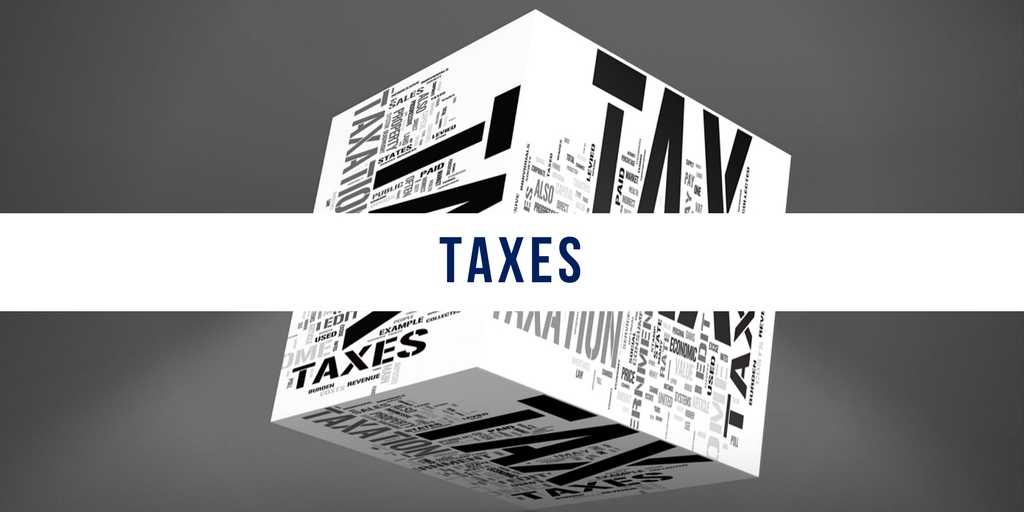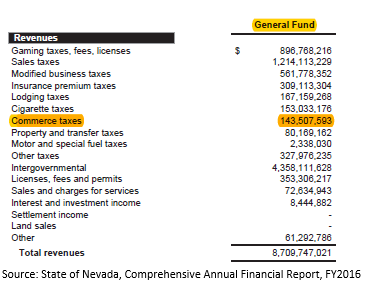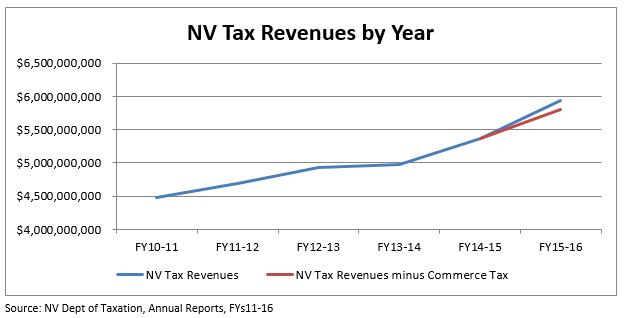
Statewide revenue growth outpaces Commerce Tax receipts
By Daniel Honchariw
Gov. Brian Sandoval’s recent demand that, “Anyone supporting a repeal of the Commerce Tax must explain to Nevada’s children, families and businesses which education initiatives will be cut if it is eliminated“ is disingenuous, at best.
Sandoval is clearly implying that revenues from the Commerce Tax are specifically earmarked for education spending, and that without them education is poised to see a substantial loss of revenue.
Neither implied claim is true, as the state’s own financial report shows:

Because Commerce Tax revenues feed into the State General Fund, they can be used for a myriad of state priorities, not just education. So while it is true that increases in the general fund are likely to also increase education spending, it is misleading to suggest that all Commerce Tax funds go directly toward education.
Moreover, general fund revenues are still forecasted to increase — even without the Commerce Tax. A repeal would merely decrease the rate at which spending is expected to increase.
Of course, referring to a decrease in the rate of an expected spending increase as a “cut” is a common tactic used by big-government advocates to mislead voters. Nonetheless, it remains indisputable that general fund revenues — and thus the ability to spend more on education — are forecasted to rise considerably with or without the Commerce Tax.
As the below chart illustrates, even if Commerce Tax revenues are excluded from fiscal year 2016 — the first year in which the tax was levied — statewide revenues still increased by $438 million year-over-year, or 8 percent.

The same trend likely holds for fiscal year 2017, although official numbers from the Tax Department aren’t available until January 2018.
Even more, the Commerce Tax provides businesses with a 50 percent credit against their modified-business tax liability — meaning that, in the event the Commerce Tax is repealed, the actual net-revenue “loss” to the state could be as little as half of its annual revenues. In fiscal year 2016, this would’ve amounted to about $70 million, or only 1.1 percent of the state’s total tax revenues of $5.94 billion.
So, don’t get lost in the spin! Nevada is going to spend record-high amounts on education in the years ahead, regardless of what happens with the destructive and distortive Commerce Tax.
Daniel Honchariw is a labor and fiscal policy analyst with NPRI.